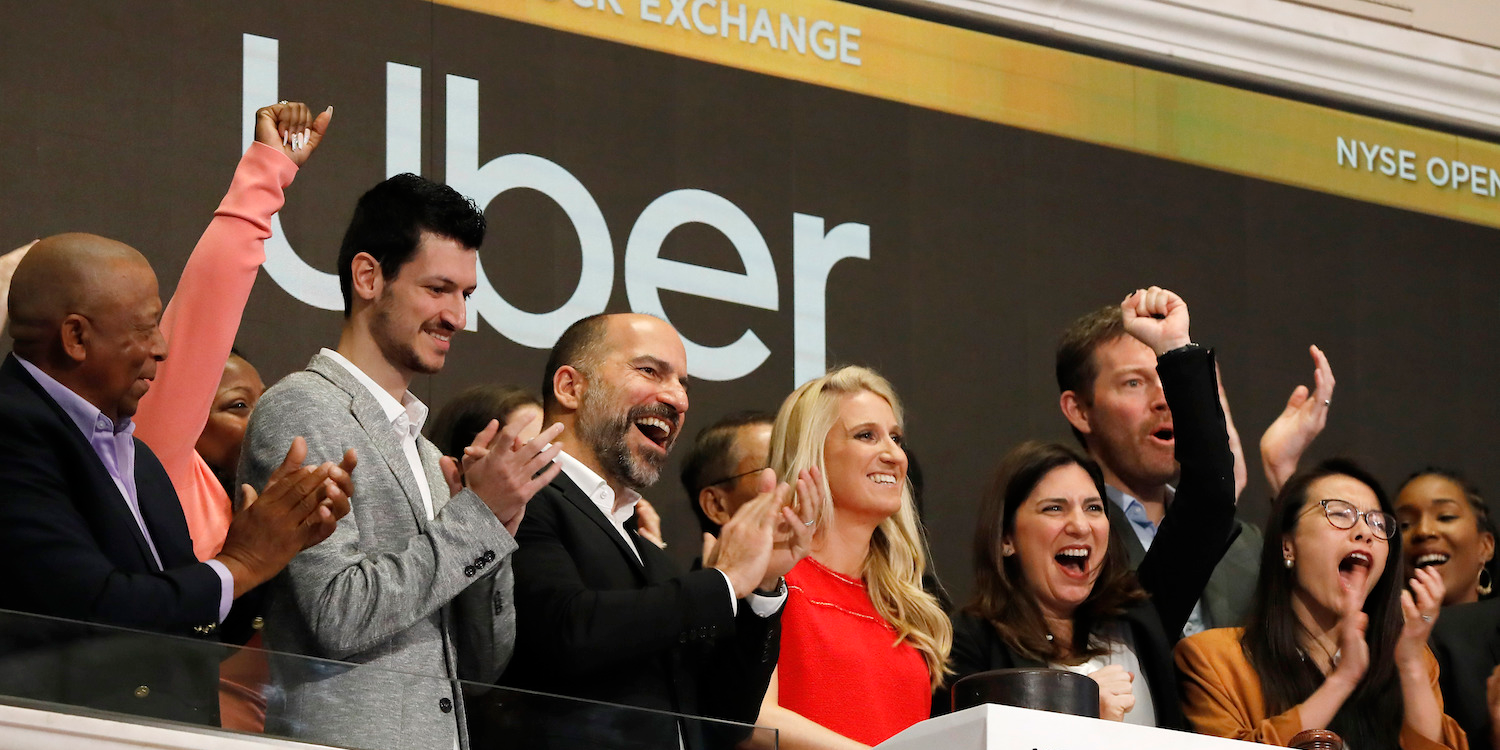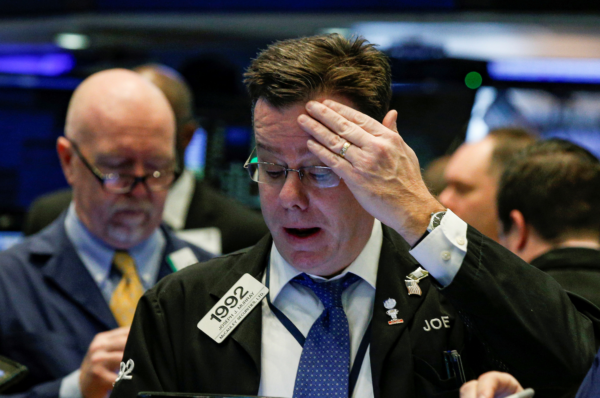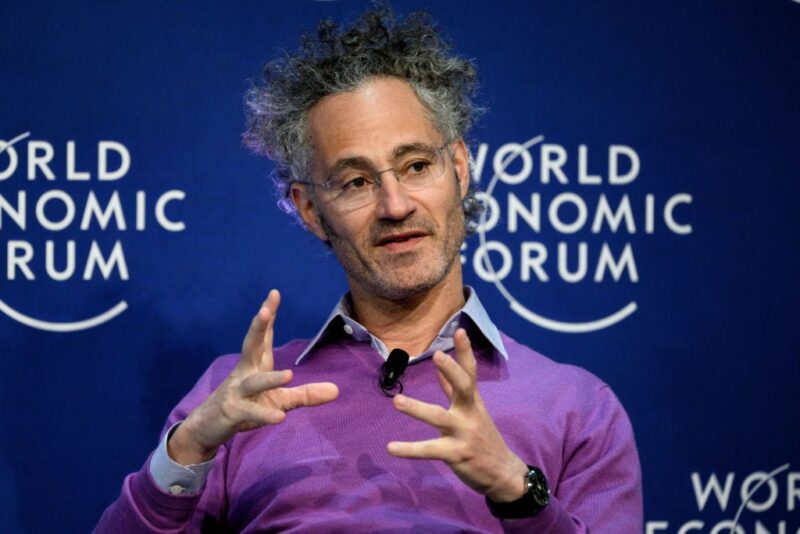- This year’s class of IPOs is expected to be the least profitable of any year since the height of the tech bubble in 1999, according to Goldman Sachs analysts.
- Only 24% of 2019’s newly tradable companies are expected to report positive net income in their first year on the market, compared to 28% in 1999, the peak of the tech boom.
- Biotech companies make up more than a quarter of the year’s IPOs so far, and none of them are expected to reach profitability over the next three years, the analysts wrote.
- Though investors prefer positive income sooner than later, first-year profitability had “no discernible impact” of IPO outperformance for a company’s first three years on the market, the analysts found.
- Visit the Markets Insider homepage for more stories.
More than 75 initial public offerings have taken place in 2019 so far, but the newly tradable companies are set to be the least profitable class in more than two decades.
Only 24% of companies that went public this year are set to report profitability before 2020, according to Goldman Sachs analysts. The figure falls below the 28% of companies that reported profitability within a year of going public in 1999, the peak of the tech boom.
Still, this year’s IPO proceeds are projected to surpass those of every year since at least 1995, according to the analysts. More than $31 billion has raised in public offerings year-to-date, second only to 1999, when the tech boom helped bring in $58 billion.
Recent years have also seen fewer IPOs on average compared to the tech boom. The past two decades saw an average of 120 IPOs each year, yet the late 1990s saw an average 400 public offerings each year as investors flocked to promising tech companies.
Though some of the buzziest IPOs of 2019 have come from the tech sector, biotech companies are also to blame for the below-average level of profitable firms. Drug-development firms account for more than a quarter of the year's IPOs, Goldman Sachs chief US equity strategist David Kostin wrote. He also noted that none of them are expected to reach profitability over the next three years.
Though most of 2019's IPOs aren't expected to see positive income in their first year, the analysts found the three-year mark to serve as a more accurate measure for long-term success. First-year performance "had no discernible impact" on companies' ability to outperform during the first 36 months since going public, the analysts wrote.
Alternatively, reaching profitability within three years of an IPO has mattered more for company outperformance over the last two decades.
"If a company has not achieved profitability by year three it is empirically unlikely to do so by year five," the analysts said.
Some of the year's biggest IPOs so far are Uber, Lyft, and SmileDirectClub. WeWork was poised to be among the biggest offerings of the year before analyst scrutiny and weak investor interest led to its management delaying the IPO.
State-run oil giant Saudi Aramco may stage history's largest IPO if it continues with plans to list 5% of shares in 2020 or 2021. Company officials previously estimated the company could be worth up to $2 trillion. Should the estimate be true, a 5% public offering would raise more than $100 billion.
Now read more markets coverage from Markets Insider and Business Insider:
WeWork CEO Adam Neumann told employees he's 'humbled' by the collapse of the firm's IPO











